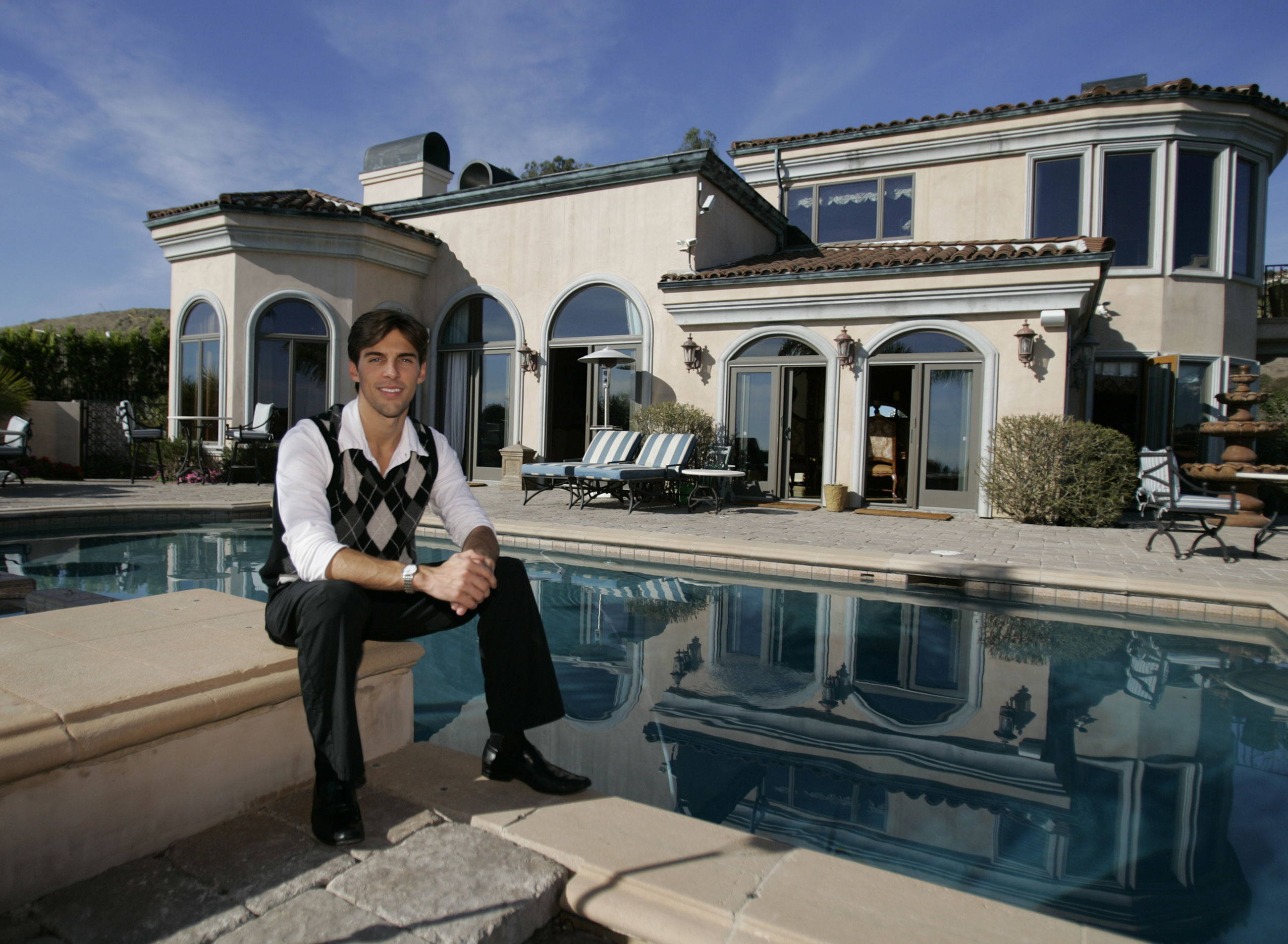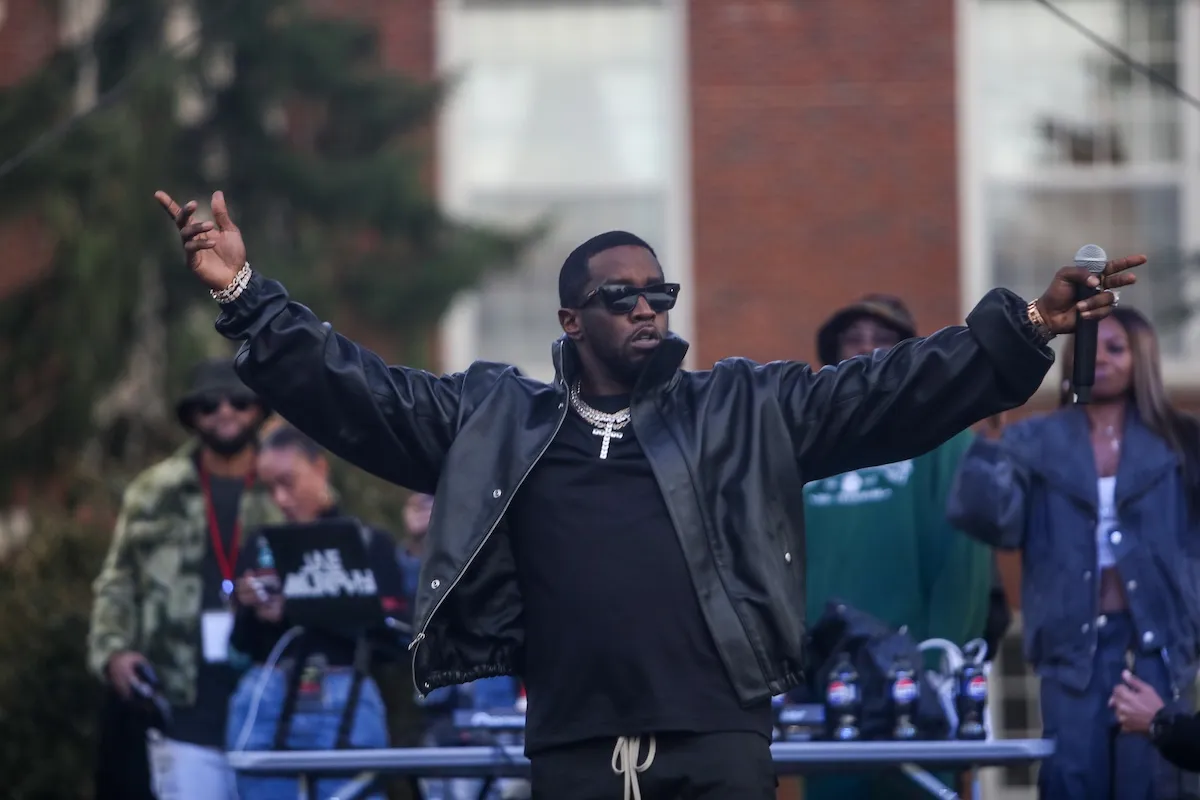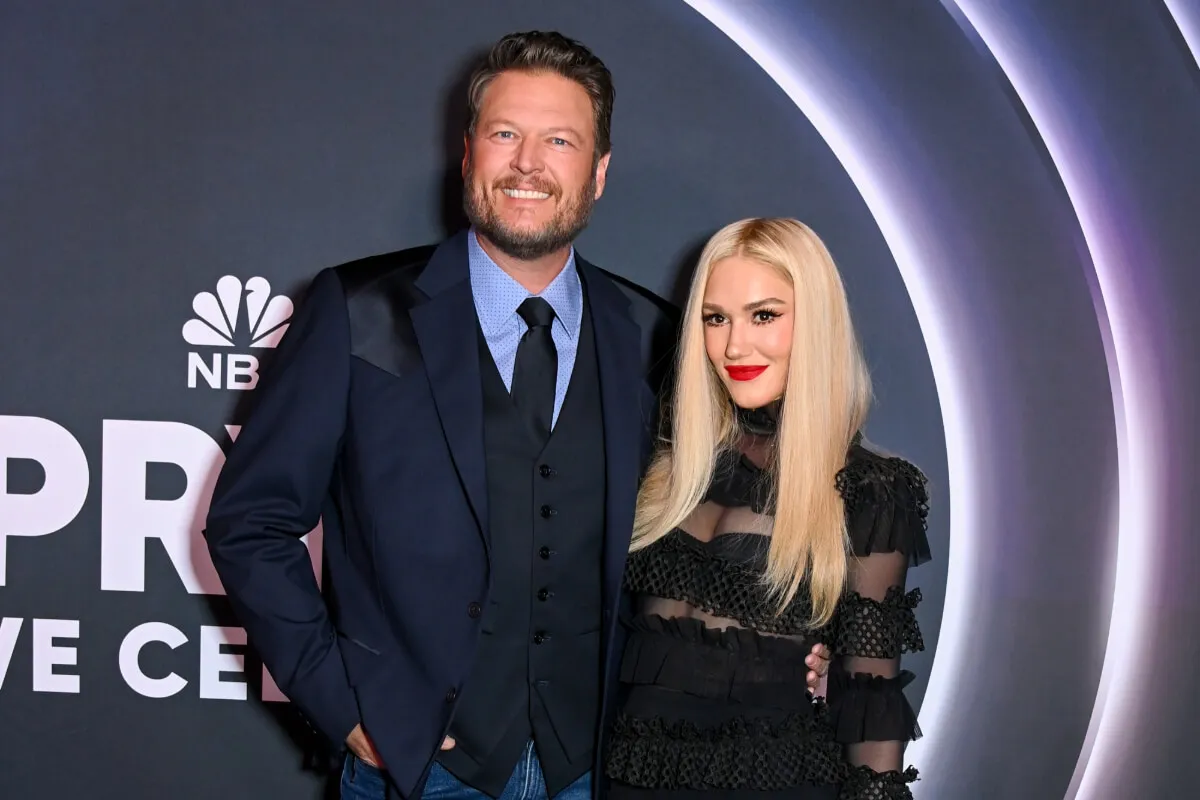Bravo’s ‘Million Dollar Listing’ Season 1 Looked Completely Different Than the Franchise Today
Million Dollar Listing Los Angeles sparked Bravo’s love affair with real estate drama but the first season looked entirely different than what viewers see today.

Instead of featuring a handful of young, attractive brokers at each other’s throats, season 1 showed 11 brokers vying for business. The series, which debuted in 2006, was primarily focused on the deal. Producers didn’t hone in on the interpersonal relationships with the brokers, but rather the lifeline of high-end, luxury home sales.
The series originally named Million Dollar Listing: Hollywood, made the properties the focus of the show. The brokers were simply the vehicles behind the sale. But before the series debuted, producers ultimately shortened the title to just Million Dollar Listing. As the series branched out, each show received a designated city to the title.
New fans of the series will likely be confused when they view season 1. The season included a narrator who guided the audience through the deals and the sale. Plus, eight out of 11 of the brokers never made it to season 2 and beyond. The entire format changed after season 1, possibly thanks to the Great Recession.
‘Million Dollar Listing’ viewers will recognize two young brokers
Single brokers weren’t given more camera time over others since the first season featured 11 agents. But clearly Bravo spotted a few brokers who were standout cast members.
First season survivors include Josh Flagg, who remains on the series, plus Madison Hildebrand who remained on the show for six seasons. Hildebrand ended up popping in and out of the series until season 10. Also making the cut for season 2 was Chad Rogers, who obsessed over his haircut, which was somewhat of an ode to throwback Justin Bieber.
Hildebrand was only 26 years old when the show debuted. Flagg was fresh-faced at age 21. Rogers was the oldest cast member to make the cut at age 29. The threesome were clearly the youngest of the group. Other agents were older, seasoned brokers, but they didn’t seem to fit the new model for the next season. And while Rogers made season 2 and 3 he was replaced with Josh Altman by season 4. Altman remains on the series today.
‘Million Dollar Listing’ formula hit the ‘Great Recession’
Million Dollar Listing hit the Great Recession just as the series was gaining steam. Driven by the housing bubble bust, the Great Recession could have put an end to the series. However, the formula of hungry, young (and attractive) brokers fighting for sales may have been just the juice to keep the series flowing.
“Obviously, the market is different today,” producer Andy Cohen told The New York Times in 2008. “But the cost of real estate in Malibu is still ridiculous. It’s like, O.K., this house isn’t selling for $17 million, it’s been reduced to $14 million.”
Instead of being concentrated on one area, season 2 and beyond expanded to outlying areas. Also, The New York Times notes the original season focused on home sales. The series pivoted to the drama and stories behind the agents after the housing bust. Even after the market recovered, the series continued to focus on the backstories of the agents, which seemed to be the true driver behind the growing fanbase.
“But the most noticeable change to Million Dollar Listing seems to be a shift in focus,” according to The New York Times observation of the series change. “In Season 1, the homes were the stars, while the agents were supporting players. Now it’s the reverse. Instead of tight shots of marble bathtubs, we get a tight shot of Mr. Hildebrand’s abs as he works out on the beach and tells us that he has ‘recently gone through a transition where I’m not close-minded to anything, be it a man or a woman.'”


